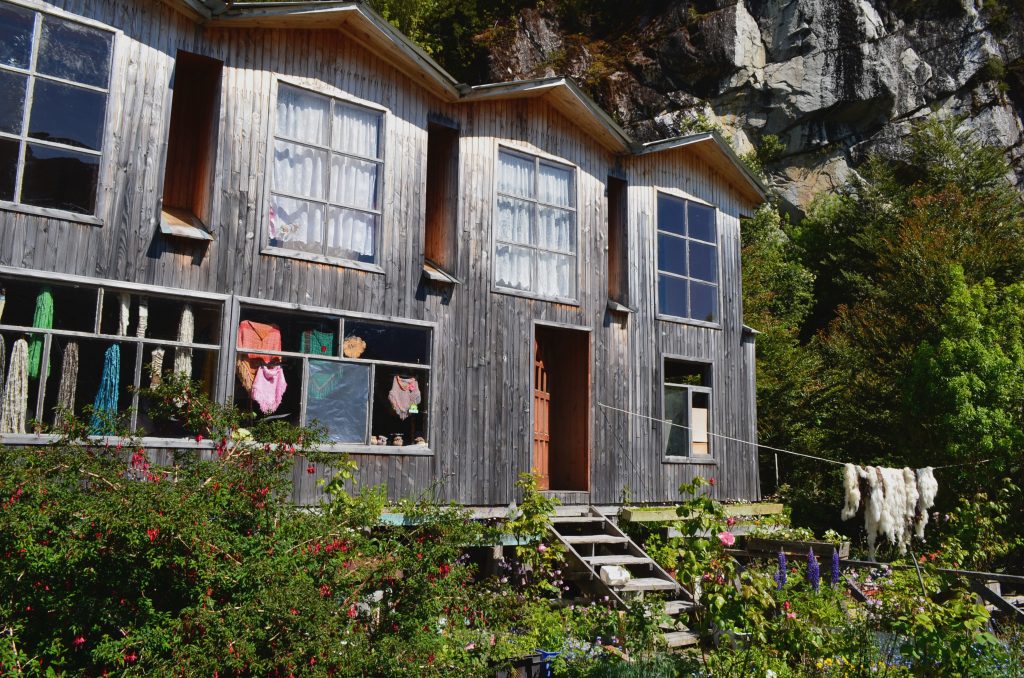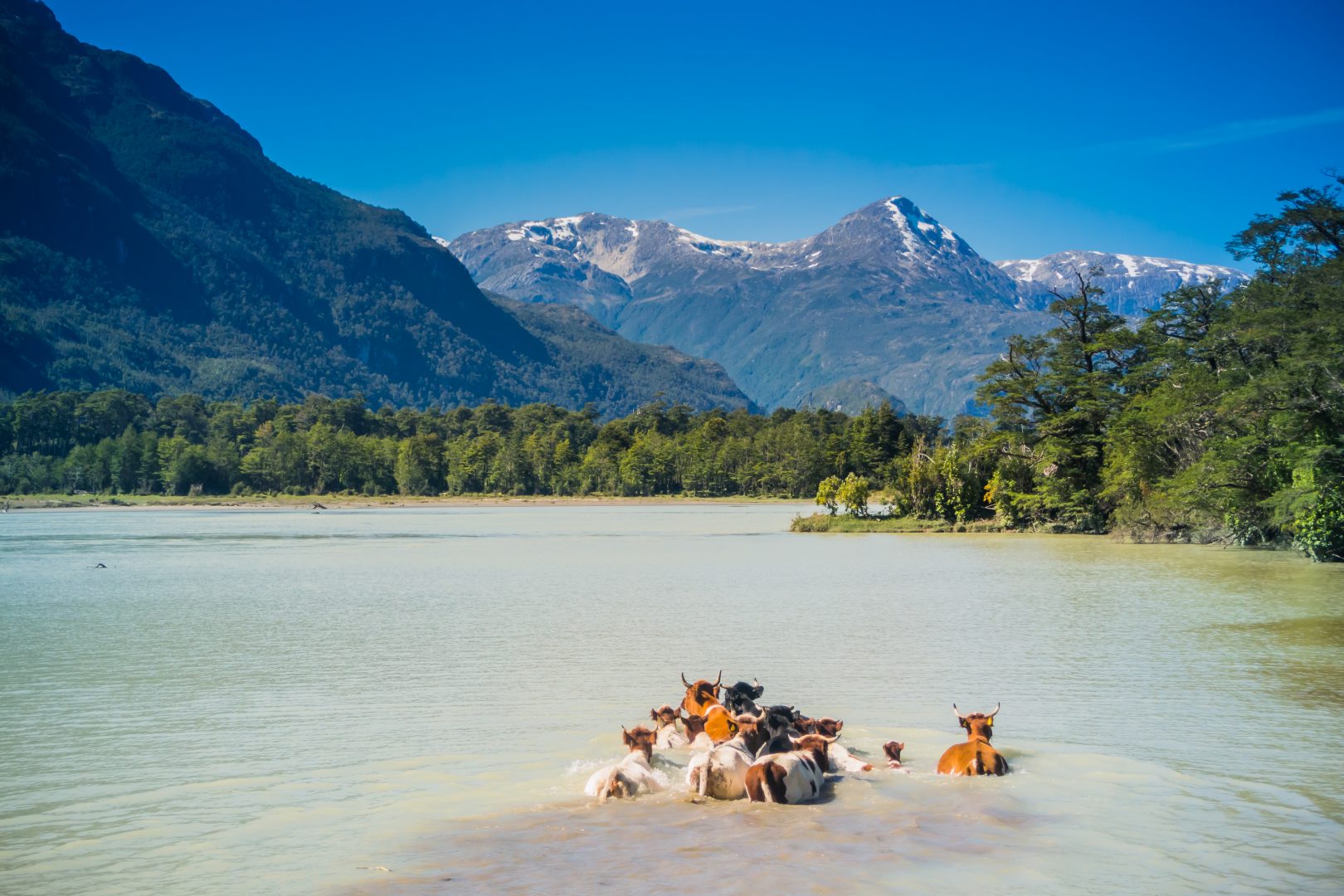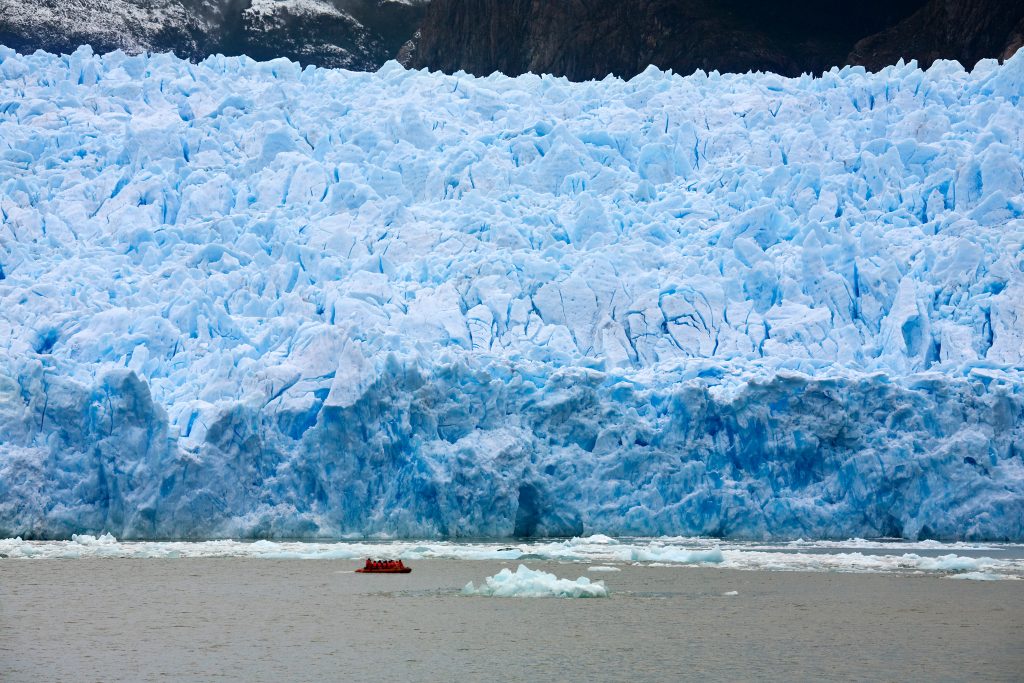Caleta Tortel –The Mysterious Heart of Chilean Patagonia
In the heart of Chile’s frozen southern frontier lies a unique village shrouded in mystery. Discover why this is one of Patagonia’s many enigmatic secrets
Caleta Tortel is one of the most unique villages you could visit in South America. Not just because it’s literally framed by the icy wonders of Patagonia – snuggly sitting between the Northern and Southern Patagonian Ice Fields – but because it’s built on stilts and boasts an usual history that’s still shrouded in mystery.

One of Chile’s most hidden of treasures, Caleta Tortel is inarguably one of the highlights of the Carretera Austral, the road that connects the capital, Santiago, with the startling islands on its glaciated archipelago in the south. Surrounded by the resplendent San Rafael Laguna National Park, home to gargantuan glaciers, snow-capped Andean peaks, sapphire lakes and an abundance of wildlife, Caleta Tortel is a must-see on a tour of Patagonia.
The mysterious history and natural splendour of Caleta Tortel
Officially founded just a few decades ago as a base for the local timber industry, Caleta Tortel is in the heart of an expansive forest of unique cypress trees. Road access to the town was only completed in 2003, when a side-road was cleared connecting the town to the famed Carretera Austral.
Before then, the only way to reach this village was by plane or boat, leaving it essentially cut off from the rest of the world. The town is built from the cypress its inhabitants harvested: the stilts, houses and walkways constructed from local cypress wood.

Despite its remoteness and isolation, Caleta Tortel is a self-sufficient village, boasting a public library (with free WiFi!), a medical centre, police station, a few restaurants and even a primary school. In total, the village is home to about 500 people. There are only a few restaurants and choices of accommodation here, none exceptionally luxurious. But not traveller minds, down here.
When you reach the end of the road in Chile, the final startling frontier, luxurious comforts take a backseat to the splendour of nature.

The town is set on the shores of the Baker River, the largest in Chile. It is framed by high Andean peaks and to reach it, you must leave the road above a steep embankment and meander your way down on a wooden staircase. In Caleta Tortel, all meandering is done on foot, with walkways stretching for kilometres around its many bays, sometimes heading up into the forests behind the shores and then remerging on the sparkling riverfront.
The village was built up from the shores, so a visit entails a lot of climbing of stairs and walking through wilderness. A visit and stay here, if possible, is an incredibly fascinating experience. Staying in Caleta Tortel is not suitable for those with mobility issues yet if that’s not a concern of yours, you’ll no-doubt relish an overnight stay, just to soak up the scene. Pensions here are rustic and quaint, everything is made of cypress and decorated in rich fabrics with earthy tones.
Caleta Tortel may have become an official ‘base’ for the local timber industry but its roots run much deeper and its history is still yet to be totally revealed.
Over a century ago, some 200 men were brought over to this site from the island of Chiloe in the north to work the timber during the summer. By the time winter arrived, their return ship had yet to arrive and almost all the men died from what locals call ‘a mysterious disease’ that was never fully explained.
Over 100 burial plots were discovered on what is now known as Islas de los Muertos (the Island of the Dead), a small speck of an island in the Barker River mouth. You can take a day trip to the island, nowadays, where two dozen graves remain, the others having been eroded or flooded in the last century.
The legend of Caleta Tortel is one only of several along the Carretera Austral. A City of Gold is apparently buried here, somewhere, and an island in the southwestern tip of the Chilean archipelago is the alleged site of an alien visit which resulted in a man being cured of cancer. Not all the legends are outlandish, however.
There are 8000-year-old cave paintings in this region and a unique species of dinosaur was discovered here that roamed the land over 145 million years ago. The Chilesaurus is the only herbivorous dinosaur ever discovered and showcased a bizarre hybrid of features normally found in several different species of dinosaurs.
A recent government initiative endeavoured to collect and share photographs of Caleta Tortel in order to protect its unique history.
Springboard for icy adventures in Patagonia
On an exciting adventure along the Carretera Austral, you can visit the startling Marble Caves on Lake General Carrera and – if time is of the essence – visit Caleta Tortel on a day-trip without the need to stay overnight. Boat trips to Jorge Montt Glacier are also offered from the village.
This area is a springboard for amazing journeys into the San Rafael Laguna National Park, the largest in Chile’s Aysén Region and home to the Northern Patagonian Ice Field. Home to a fantastical array of glaciers, fjords, glacial lakes and stunning rivers, the park boasts many highlights on which you’ll want to cast your eyes, including the awe-inspiring San Rafael Glacier – the main crowd-pleaser which gave the park its name.
Active pursuits abound here: from hiking to kayaking and skiing, with plenty of wildlife-watching to boot. The park is home to marine and land fauna which includes sea lions, otters, Andean condors, black swans and cormorants.
Yet the very best way to soak all this dramatic and overwhelming beauty is from a cruise boat.

Chilean Patagonia is a magnificent corner of South America to explore by road, on foot and by cruise boat! Much like magical and mysterious Caleta Tortel, there are countless hidden treasures down this nook of the verdant woods and on a whirlwind journey of discovery you can explore both the Chilean and Argentinian sections of Patagonia.
See our collection of Signature Patagonia itineraries and do contact us if you’d love to know more.
Where Will You Go Next ?
- Popular Destinations
- Antarctica
- The Arctic
- South America
- Central America
- More to explore
- Amazon
- Antarctic Circle
- Antarctic Peninsula
- Argentina
- Bolivia
- Brazil
- Canadian Arctic
- Chile
- Colombia
- Costa Rica & Panama
- East Antarctica
- Ecuador
- Galapagos Islands
- Greenland
- Guatemala & Honduras
- Machu Picchu
- Mexico
- Patagonia
- Peru
- South Georgia and Falkland Islands
- Spitsbergen
- Sub Antarctic Islands

Talk to one of our experienced Destination Specialists to turn your Antarctic, Arctic and South American dream into a reality.
Contact us